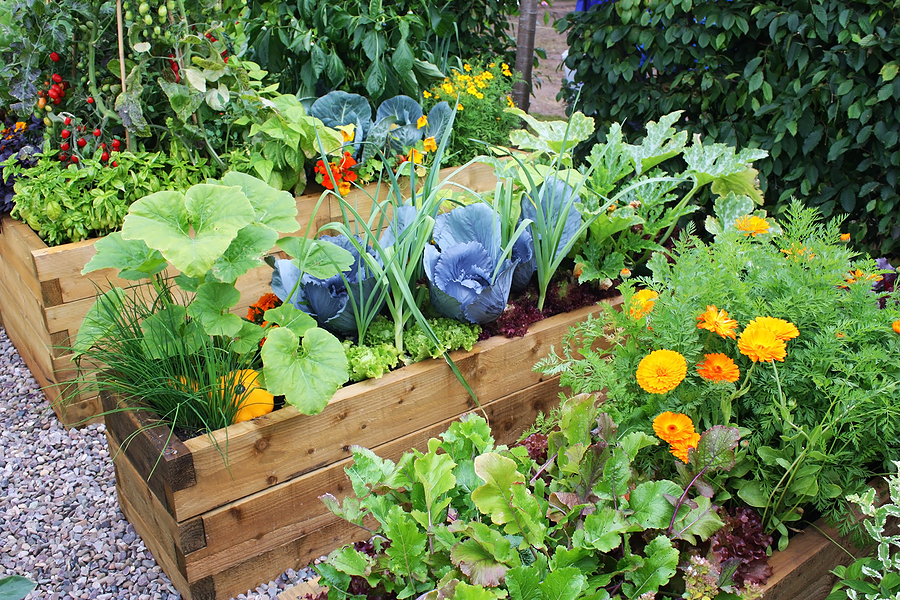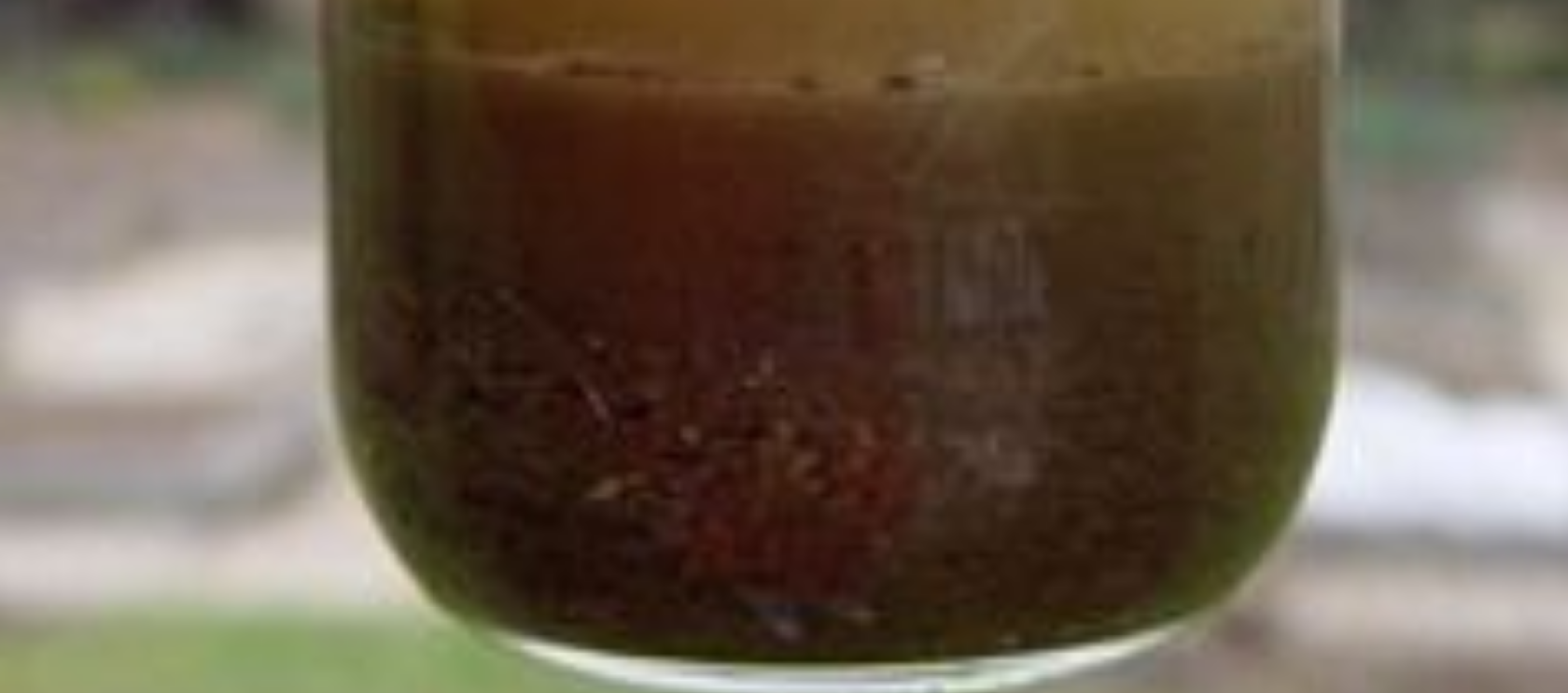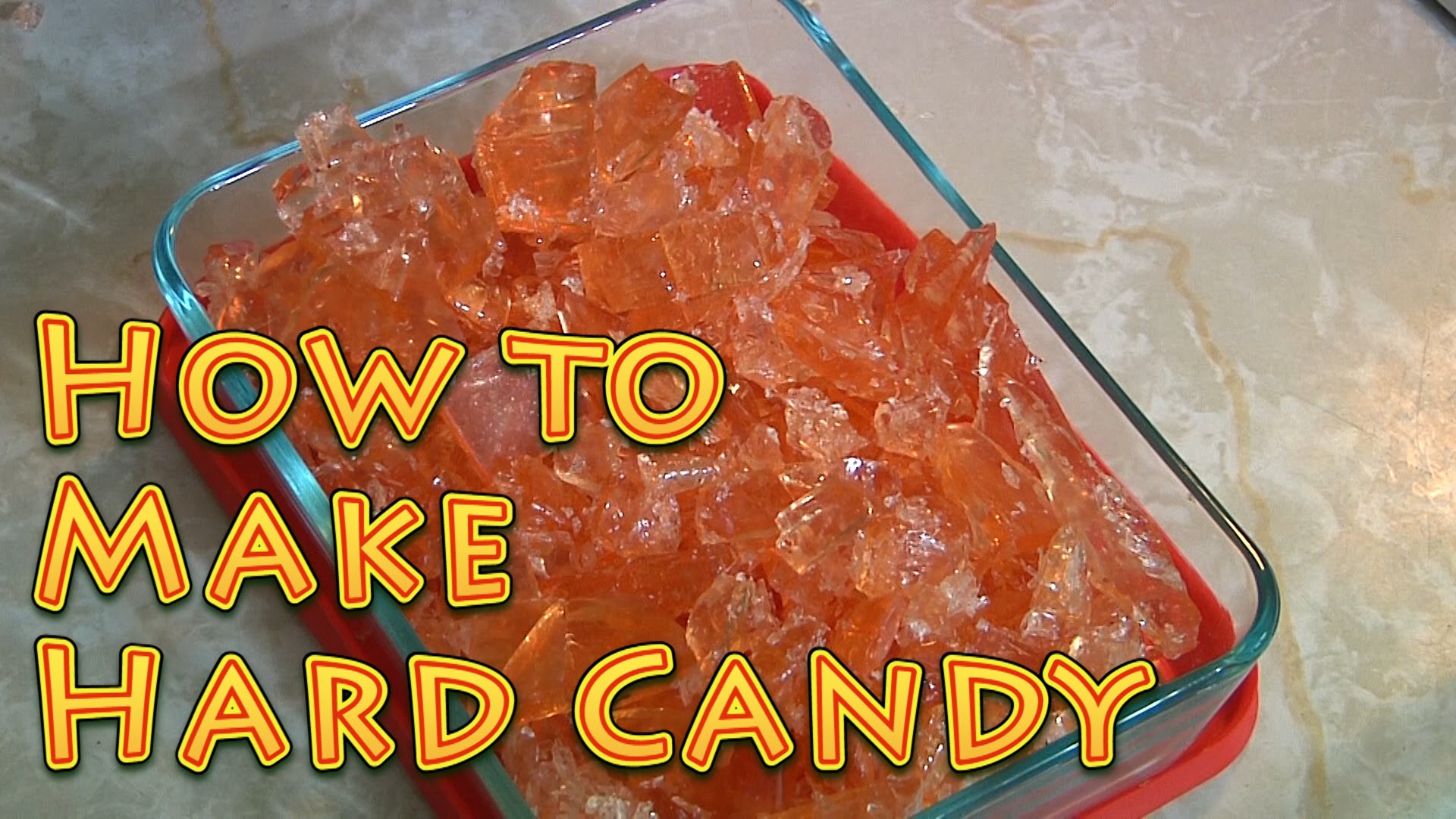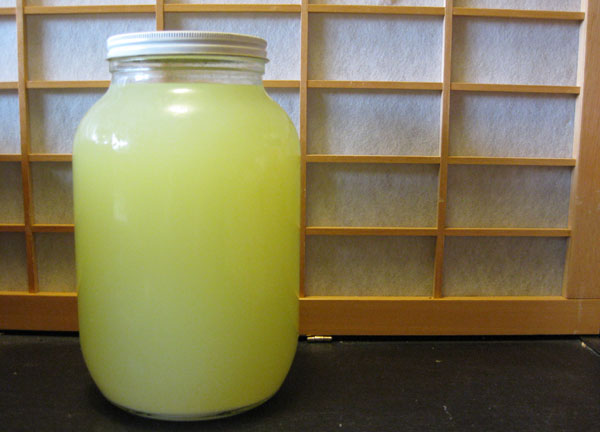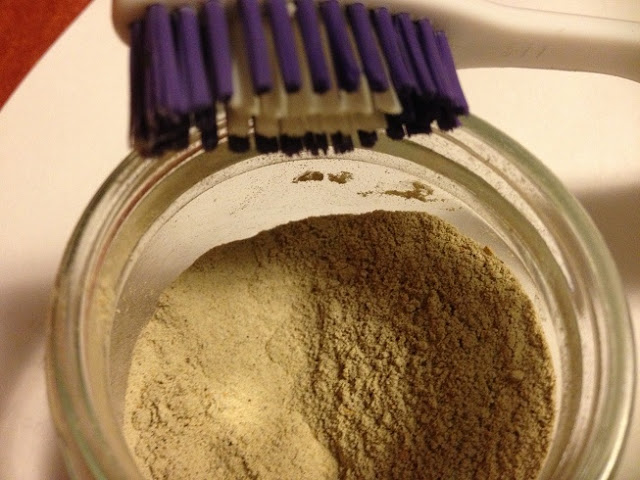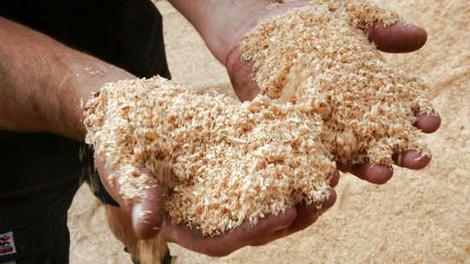Companion Planting: A Simple Guide (Infographic)
Companion planting can be kind of confusing. If something goes well together, does that mean it might not go well next to another plant? Companion planting is really important to understand and utilize, because you can really maximize space, productivity, and also repel pests, with the right combination. It is also true, however, that planting … Read more

